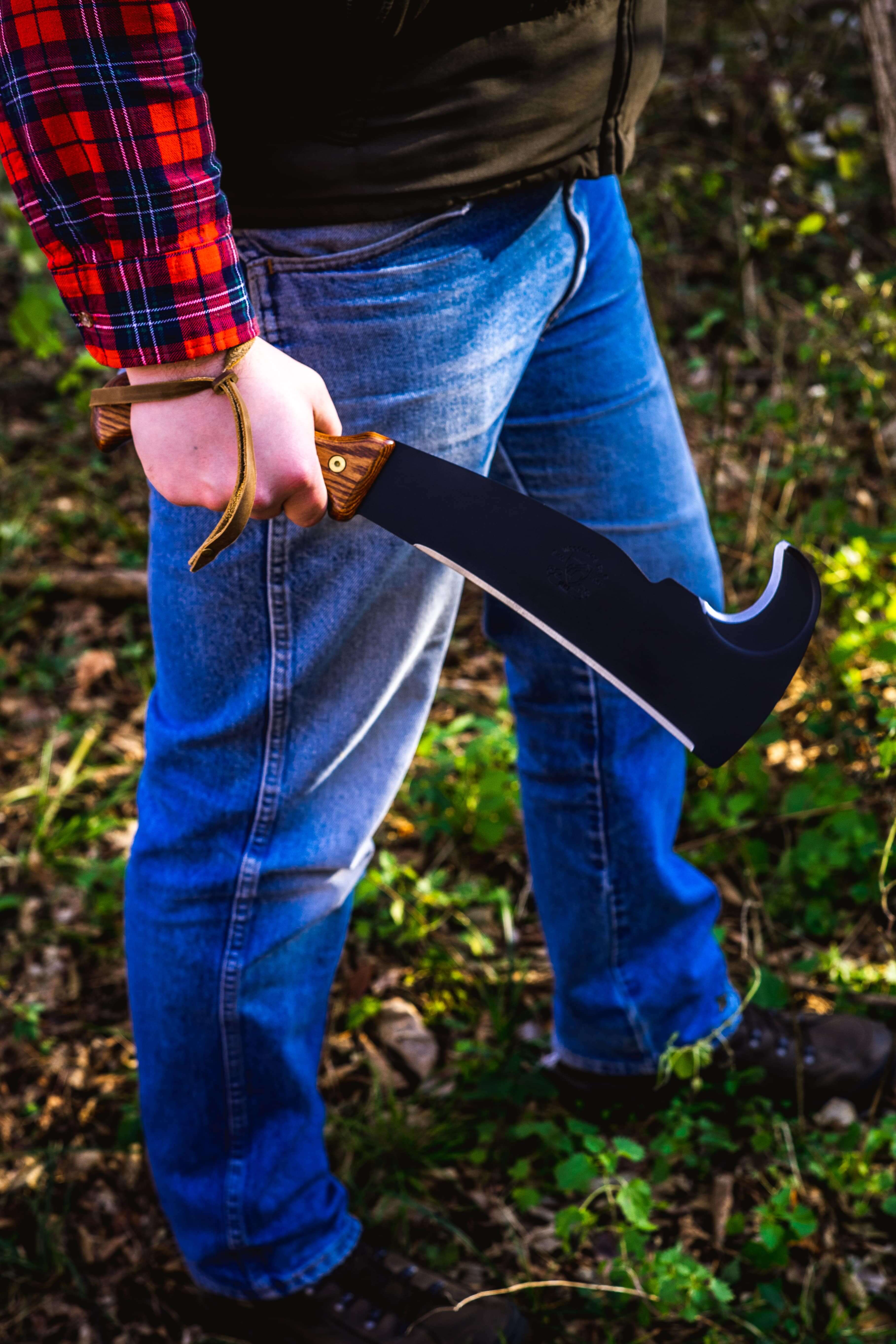A Bugout Bag
 If you’re facing a societal collapse, all the planning you’ve done may get thrown out the window. Even if you’ve spent time thinking about an
apocalyptic future before it happens, it might not take the shape and form you expected.
So, even if you intend to stay in your current location, circumstances may make that impossible. If you want to be truly prepared, you should keep a bugout bag handy.
What’s a bugout bag? Also known as a “go bag”, a bugout bag contains everything you need for a number of survival situations for up to 72 hours. Clothes, including extra socks and underwear, first aid kits, tradeable items, extra money, medicine, water bottles and filtration packets, and essential survival tools are all items that should be in your bugout bag.
If you’re facing a societal collapse, all the planning you’ve done may get thrown out the window. Even if you’ve spent time thinking about an
apocalyptic future before it happens, it might not take the shape and form you expected.
So, even if you intend to stay in your current location, circumstances may make that impossible. If you want to be truly prepared, you should keep a bugout bag handy.
What’s a bugout bag? Also known as a “go bag”, a bugout bag contains everything you need for a number of survival situations for up to 72 hours. Clothes, including extra socks and underwear, first aid kits, tradeable items, extra money, medicine, water bottles and filtration packets, and essential survival tools are all items that should be in your bugout bag.